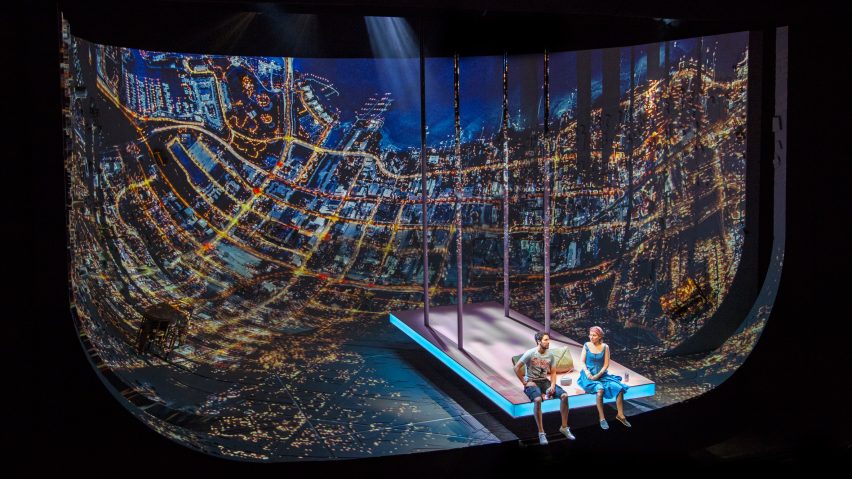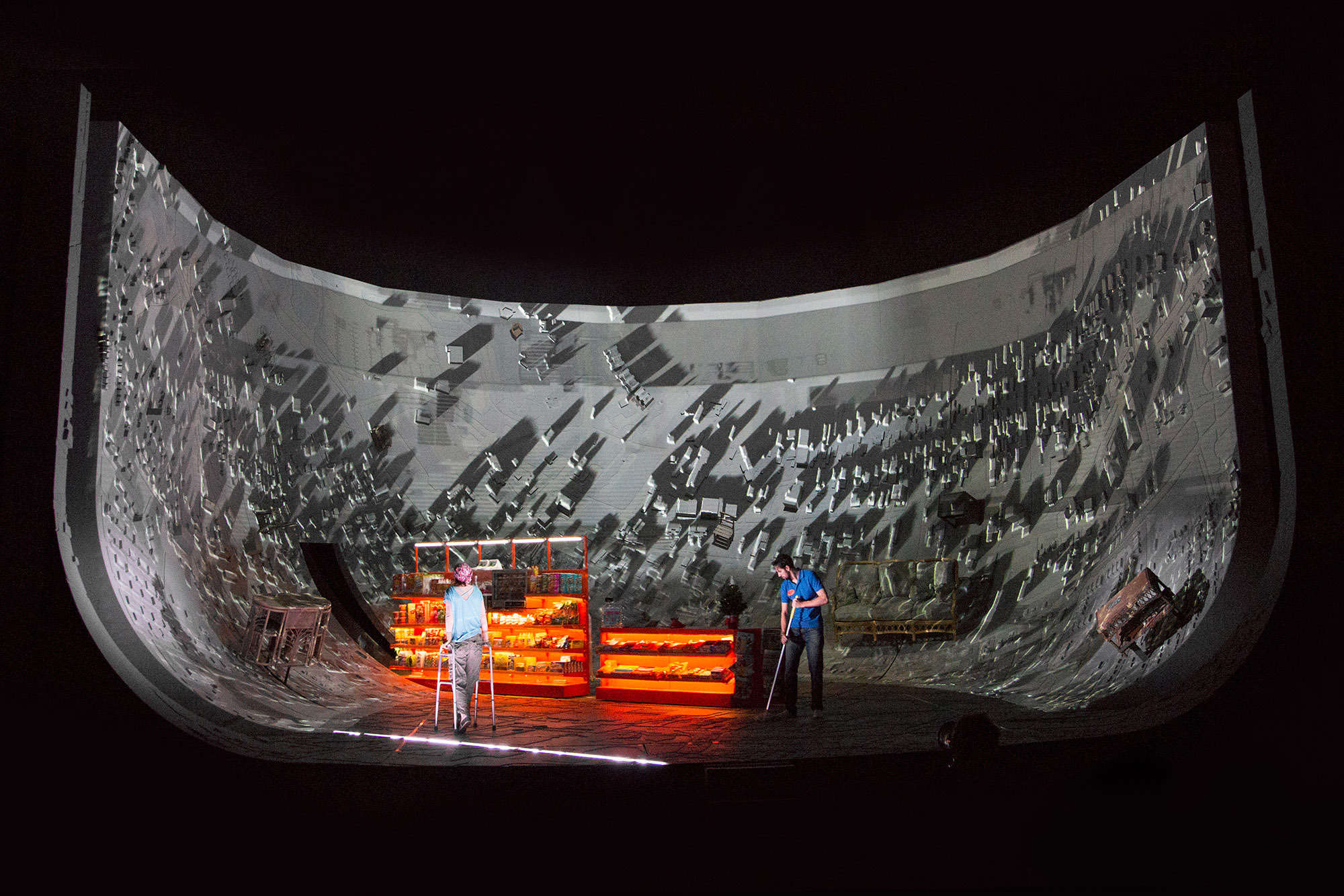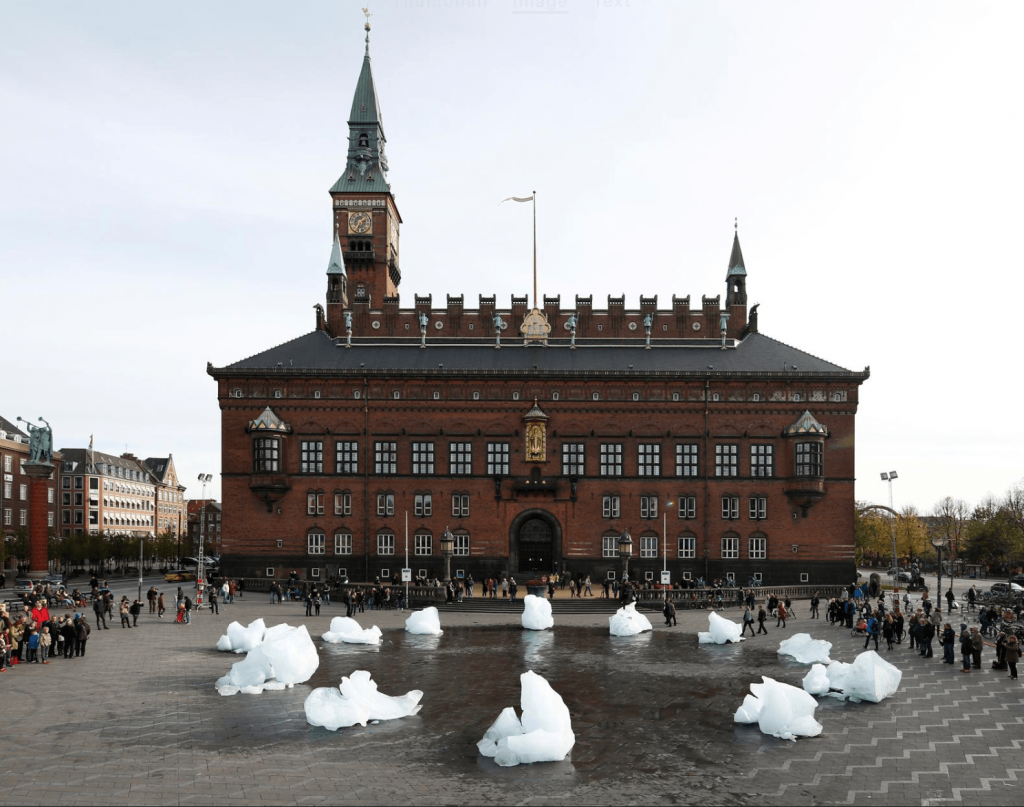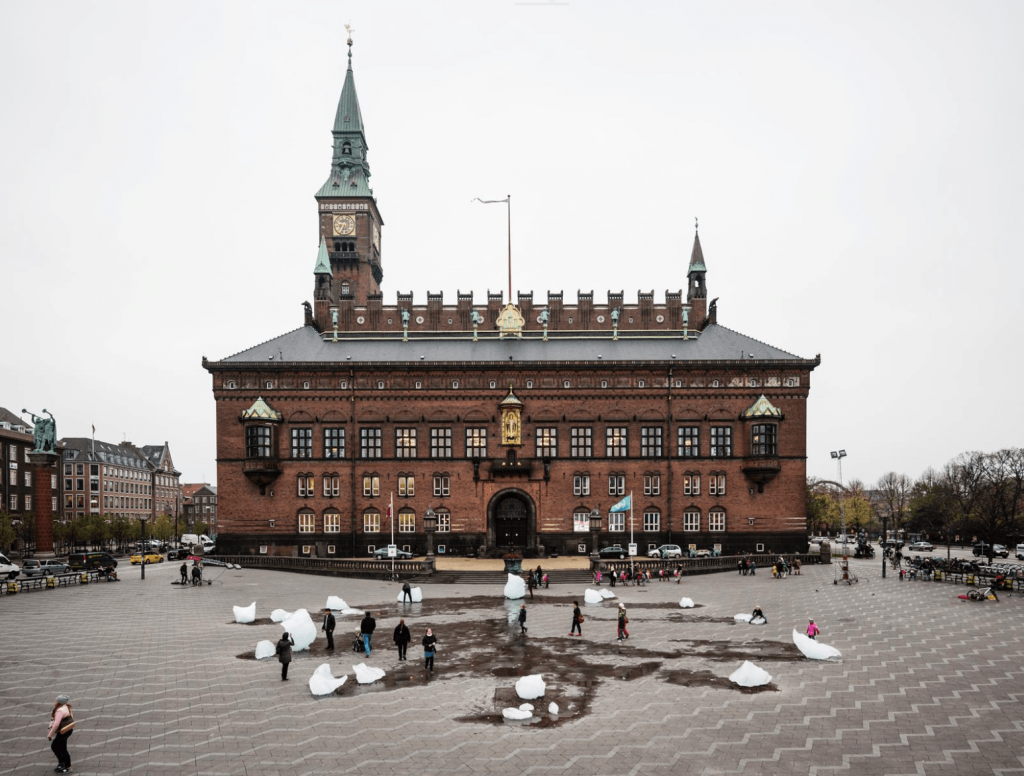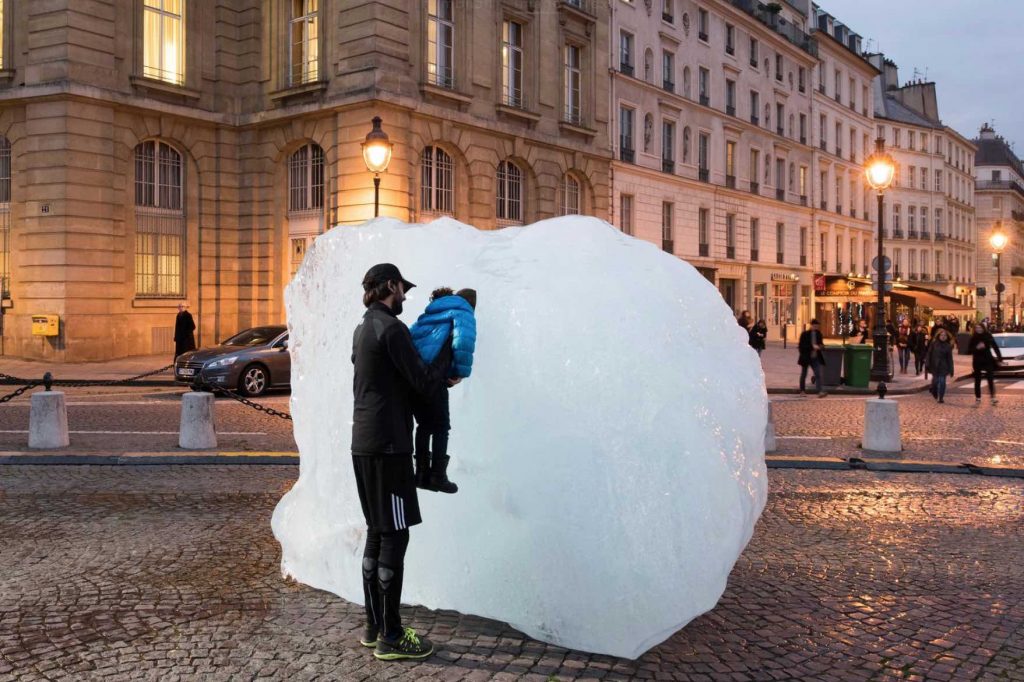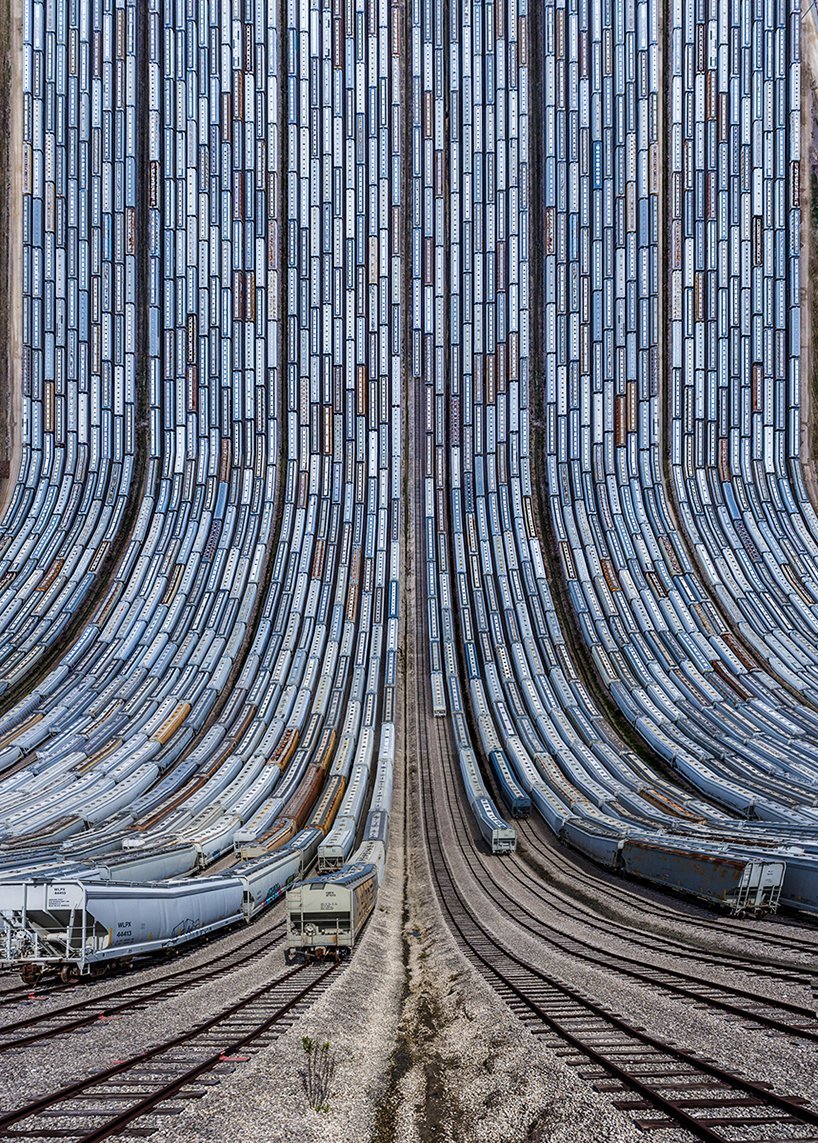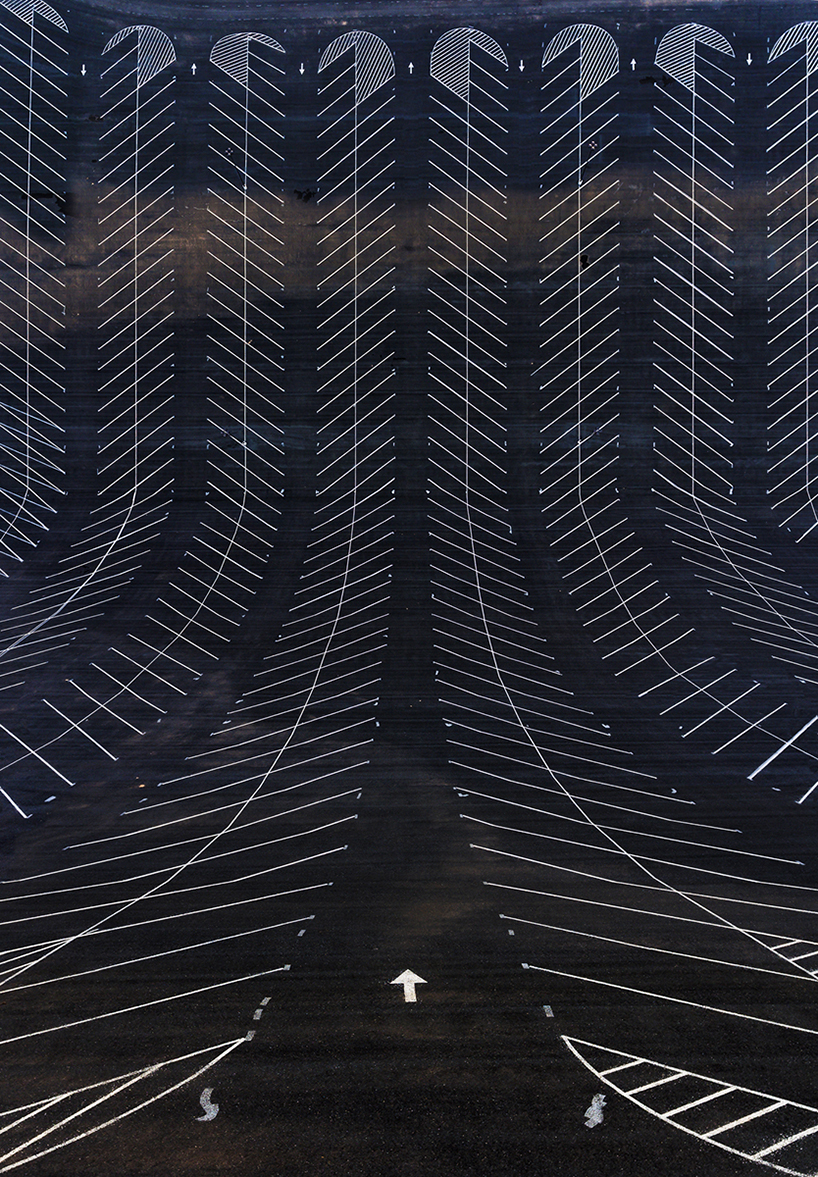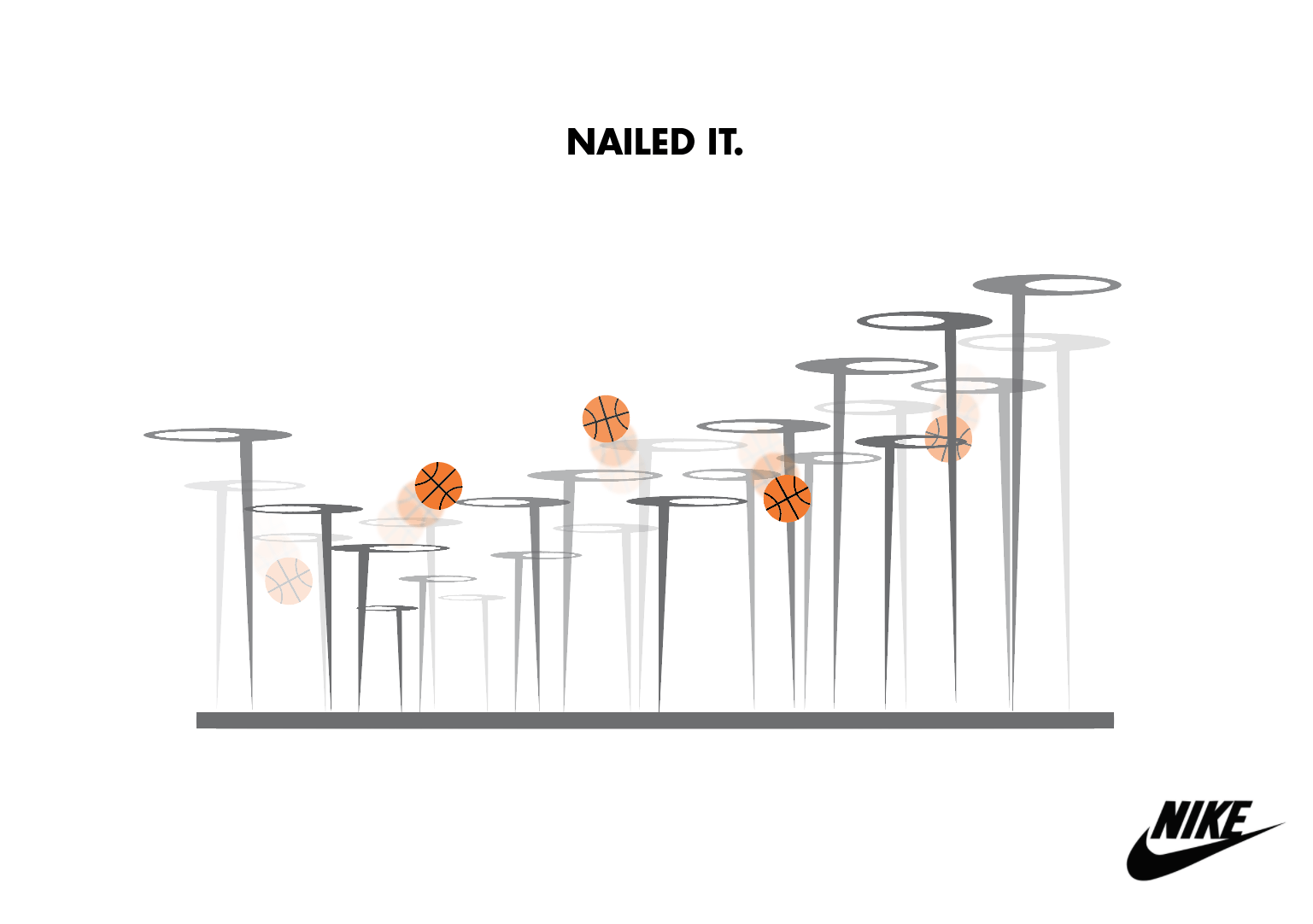 Nike. Nails. Graciousness.
Nike. Nails. Graciousness.
To us, Nike is a brand that is very focused on sports and sportsmanship – kindness and courtesy. Nike has always been about advocating empowerment, empathy and impact. Hence, we propose a pavilion for Nike based on the term “Nailed it!”, which expresses a successful or skillful accomplishment of a task.
The pavilion is made up of a series of nail-shaped basketball hoops that forms the Nike logo when viewed from the front. Basketball is a sport that does not require much to learn – it is the simple act of placing the ball in the hoop that makes the accomplishment beautiful and worthwhile. The differing heights of the hoops are designed to accommodate to a diverse and inclusive society – young and old, abled and disabled, regardless of any differences that the human race may have. The pavilion also allows for people to come together and engage in a game of basketball, creating an opportunity for building connections and sharing memories with one another. In line with Nike’s belief of “using the power of sport to move the world forward”, the hoops of the pavilion may be taken down and reused as basketball hoops to create courts in less privileged countries, spreading the love for sports and nurturing sportsmanship.


